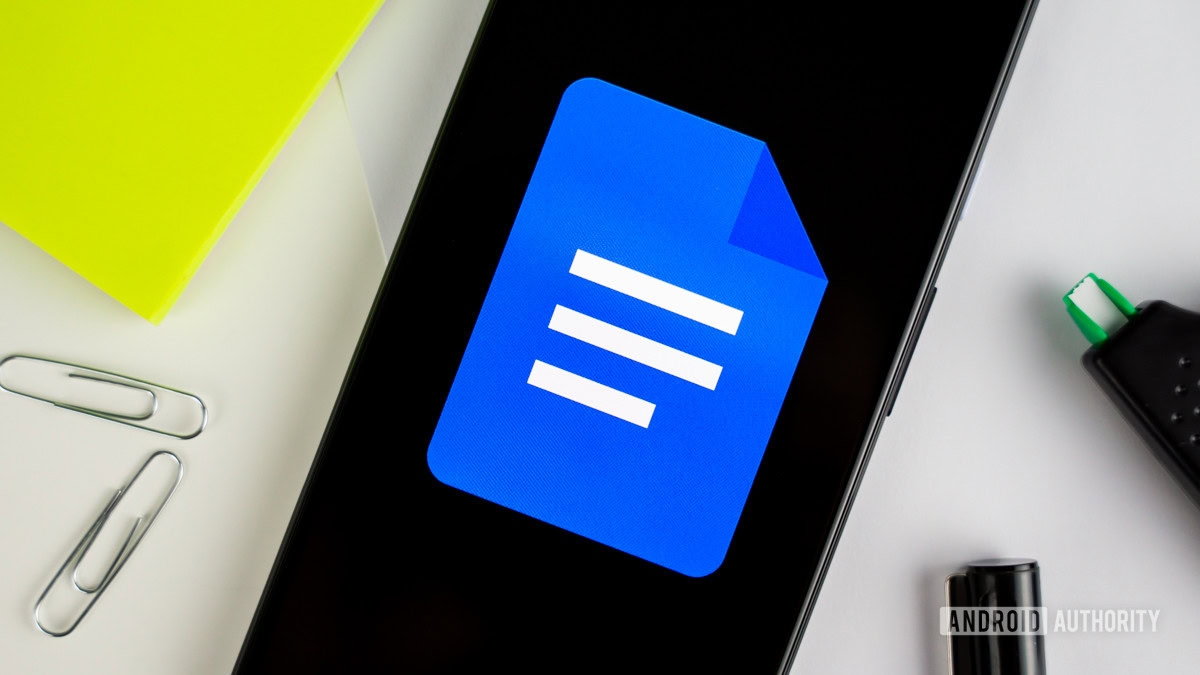The fast company impact council is a private membership communication of influential leaders, experts, executives, and entrepreneurs who share insights with our audi Members Pay Annual Membership Dues for Access to Peer Learning and Thought Leadership Opportunities, Events and more.
As the number of Internet of Things (IOT) Devices is Projection to Reach 40 Billion by 2030, Iot Integration into our daily lives is undeniable. From Smart Homes to Industrial Systems, IOT Devices Offer Unprecedented Convenience and Efficiency. Netgear’s 2024 Iot Security Landscape Report Found That Iot Devices, Including TV Sets, Smart Plugs, Routers, and More Face Frequent Attacks, with an average of 10 per device, per day. The rapid adoption of Iot is outpacing the security measures necessary to protect them.
The Rise of Iot Goes Beyond Smart Homes, Reaching Into Critical Sector Like Healthcare, Utilities, and Transportation, Where the stakes are far higher. A Security Breach in these areas could lead to Devastating Outcomes, from Personal Data Theft to Operational Disrupttions in Essential Operations. To fully realize Iot’s potential, it is Crucial to Rethank Device Security, Establish Stronger Standards, and Foster a Security-FIRST Culture that Aims to Protect the system.
The explosion of Iot –nd Its Security Gaps
The risk of Iot has been transformative. What began as simple, smart devices in homes have expanded into a vast, interconnected ecosystem that taxes nearly every industry such as necessary, healthcare, transportation. Iot Devices Now Power Real-Time Decision Making, Automate Complex Systems and Optimize Operations at a Global Scale. However, Significant Security Gaps Threten to Undermine these benefits. Many Iot Devices Lack Fundamental Protections Like Encryption, Regular Firmware Updates, and Secure Boot Processes. The issue is compounded by the Sheer volume of devices now deployed – each a potential entry point for attackers. In many cases, Once an Iot device is compromised, it can serve as a gateway to more critical systems, create a ripple effect of vulnerabilities Across Entrigrere Networks.
Key Risks Include Default Security Settings, Limited Processing Power and Memory, and the Lack of Standardized Security Protocols Across the IOT ECOROSSYSYSYSTEM. These gaps allows attackers to exploit devices to access sensitive data, disrupt essential services, or breach larger, more creitical networks, putting the intergreatry of entry systems aT Risk.
The role of users and manufacturers in Iot security
Iot security is a shared responsibilities between users and manufacturers, who play crucial roles in safeguarding devices from Cyber Threat. Manufacturers are primarily responsible for designing and developing secure devices, but they sometimes need to prioritize time time-to-market overhantsive security features. Many Iot devices, such as Smart Home Gadgets, Cameras, and Wearables, Are Produced by Companies with Limited Experience in Cybersecurity, Leading to Vulnerability and Communication Profocols. Indequate testing and security oversight at the design and development stages expert devices to risks like unauthorized access and data breeds.
On the user side, Negligence in Mainting Device Security Further Exacerbates these Risks. Users often fail to change default passwords, leaving their devices vulnerable to brute-force attackers. Users often do not regularly update firmware or software, unaware that patches are related to fix knowledge vulnerabilites. Many consumers also need to Gain Awareness of the Potential Privacy Risks, Such as the Misuse of Personal data collected by their devices, which can be exploited if not correctly and adequately protect
The complexity of addressing these issues lies in the need for more standardization across the industry. Manufacturers often release products with proprietary systems that do’t always adhere to universal security frameworks, Making it different for users to implement for use. Without Standardized Security Protocols and Better Consumer Education, The IOT ECOSYSYSTEM Will Continue to face challenges.
Implement Best Practices for Iot Security
As iot systems are integrated into critical infrastructure and daily life, evolving policy changes are essential to address risks. Regulatory Frameworks, Such as Stricter Data Protection Laws and Mandatorial Security Standards for Iot Devices, will play a Pivotal Role in Enhancing The Security Environment. Governments and Organizations Should Work Togetra to Develop Global Security Standards that Mandate Encryption, Authentication Protocols, and Regular Software Updates. These policies will not only encourage manufacturers to design more secure devices but also hold companies accountable for mainteaining security through
Given the Scale and Complexity of Iot Ecosystems, Traditional Security Measures often Fall Short. This is where ai and machine learning can play a transformative role. AI-Driven Security Systems Can Analyze Large Datasets generated by Iot devices in real-time, identifying anomals that might signal a breach. Machine Learning Algorithms Improve Over Time, Enabling them to Predict and Prempt Emerging Threats Before They Escalate. That said, the technologies’ Effectiveness depends on its proper integration with existing security infrastructures and ongoing updates informed by the latest Threat Intelligence.
Your voice matters. Insist that manufacturers prioritize security by choosing products from companies that are transparent about their security practices and committed to regular updates. By supporting policies and initiatives that push for better Security Practices Across the Board, You Help Ensure That All Devices, From the Smallest Sensor to the MOST Complex System, ARI BULT SECHURITY in Mind.
Svetlin Todorov is cofounder of shelly and ceo of shelly usa









